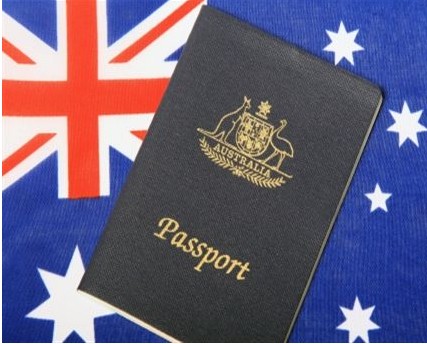Understanding Bridging Visa Travel: Your Essential Guide to Navigating Australia’s Visa System
#### Bridging Visa TravelBridging visas are an essential part of Australia's immigration system, allowing individuals to remain in the country legally while……
#### Bridging Visa Travel
Bridging visas are an essential part of Australia's immigration system, allowing individuals to remain in the country legally while they await the outcome of their visa application or while making arrangements to leave. For many, understanding the nuances of bridging visa travel is crucial, especially for those who wish to travel within or outside Australia during this period. In this article, we will explore what bridging visas are, the types available, and the implications of travel while holding a bridging visa.
#### What is a Bridging Visa?
A bridging visa is a temporary visa that allows individuals to stay in Australia lawfully while they resolve their immigration status. This could be while waiting for a decision on a substantive visa application, appealing a visa refusal, or making arrangements to depart Australia. Bridging visas come with specific conditions that must be adhered to, which can vary depending on the visa type and individual circumstances.
#### Types of Bridging Visas
There are several types of bridging visas, each designed for different situations:

1. **Bridging Visa A (BVA)**: This is the most common type that allows you to stay in Australia while your substantive visa application is being processed. It generally does not allow you to travel outside Australia.
2. **Bridging Visa B (BVB)**: This visa permits travel outside Australia while your substantive visa application is being processed. It is essential to apply for this visa before you leave the country, as it allows you to return to Australia lawfully.
3. **Bridging Visa C (BVC)**: This visa is for individuals who are unlawful non-citizens or have had their visa canceled. It allows them to stay in Australia while they make arrangements to depart or apply for a substantive visa.
4. **Bridging Visa D (BVD)**: This is for individuals who are in Australia unlawfully and need to apply for a visa or make arrangements to leave. It is usually granted for a short duration.
#### Traveling on a Bridging Visa

When it comes to bridging visa travel, the rules can be quite strict. For those on a Bridging Visa A (BVA), traveling outside Australia is generally not permitted. If you leave Australia while holding a BVA, you may lose your visa status and could be barred from returning.
For individuals on a Bridging Visa B (BVB), travel is allowed, but it is crucial to apply for this visa before departure. The BVB will specify the dates you are allowed to be outside Australia, and it is important to return within these dates to maintain your lawful status.
#### Implications of Bridging Visa Travel
Traveling while on a bridging visa can have significant implications. If you do not comply with the conditions of your visa, you could face serious consequences, including detention or removal from Australia. Additionally, if your substantive visa application is rejected while you are outside Australia, you may not be allowed to return.
It's also important to consider the impact of travel on your ongoing visa applications or appeals. Being outside Australia could delay processing times or affect your eligibility for certain visas.

#### Conclusion
Navigating the complexities of bridging visa travel requires careful consideration and planning. Understanding the type of bridging visa you hold, the conditions attached to it, and the potential consequences of travel is essential. If you are unsure about your visa status or the implications of traveling on a bridging visa, it is advisable to seek professional legal advice or contact the Department of Home Affairs for guidance. This ensures that you remain compliant with Australian immigration laws and can avoid any unintended consequences while pursuing your immigration goals.